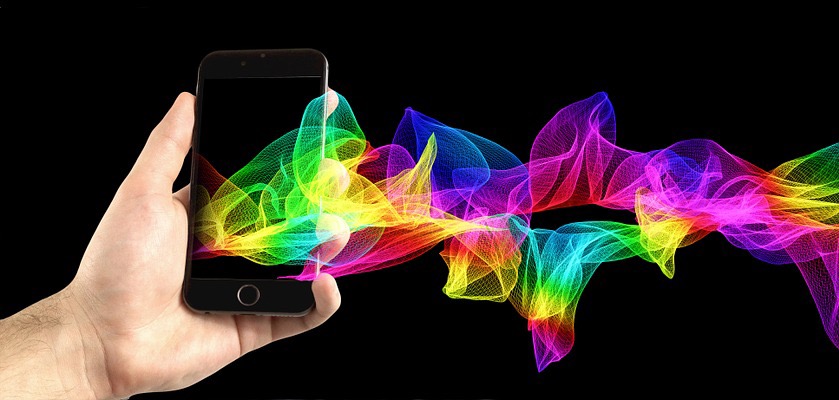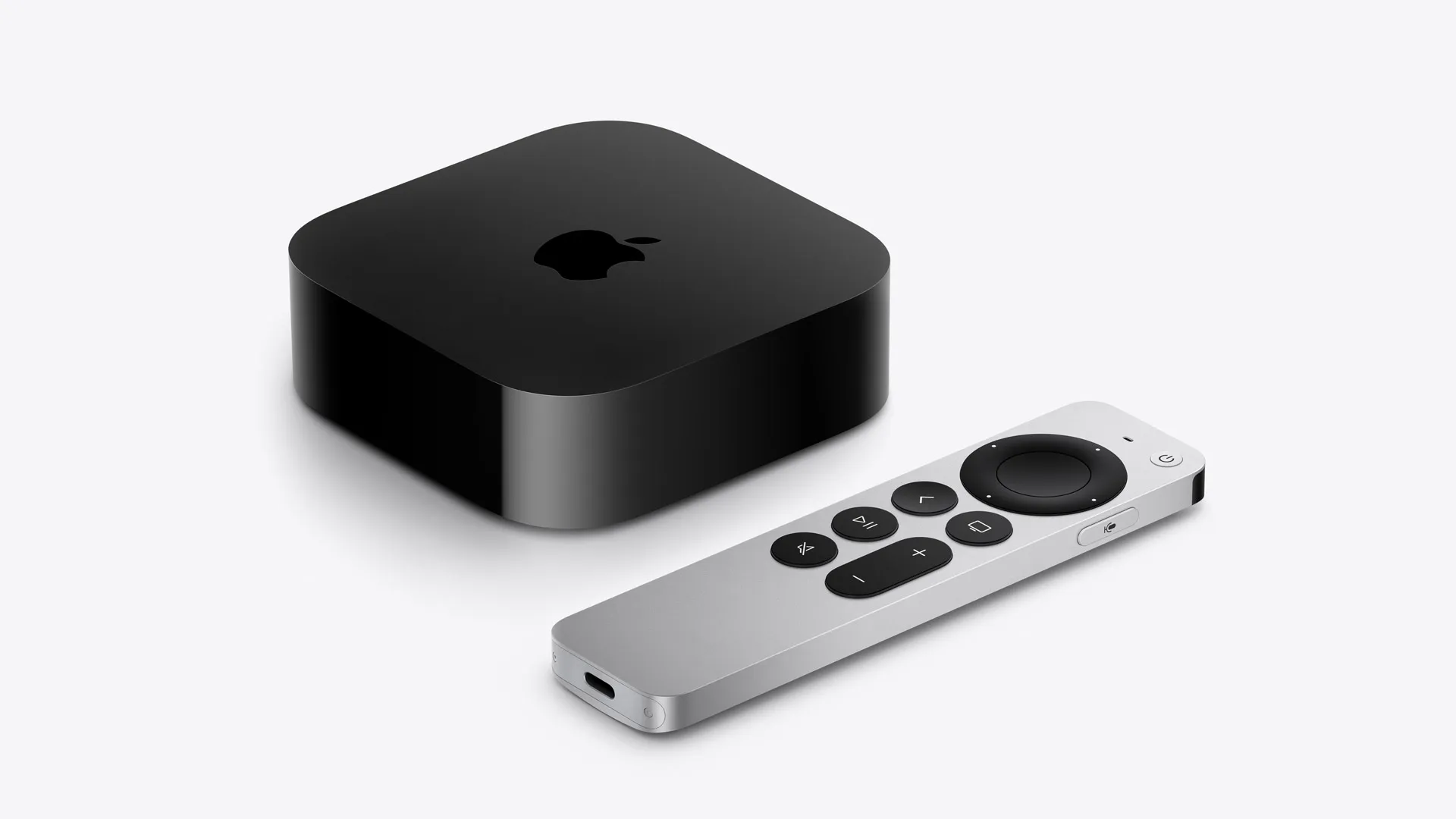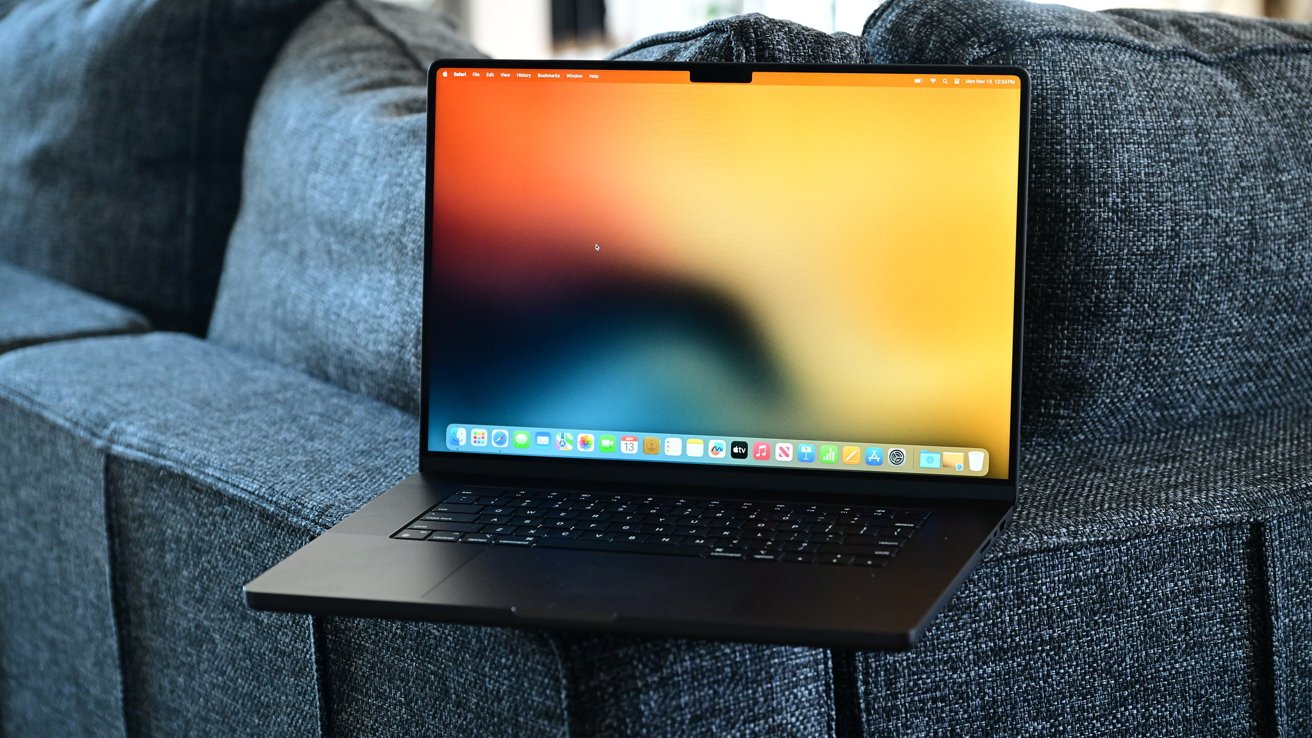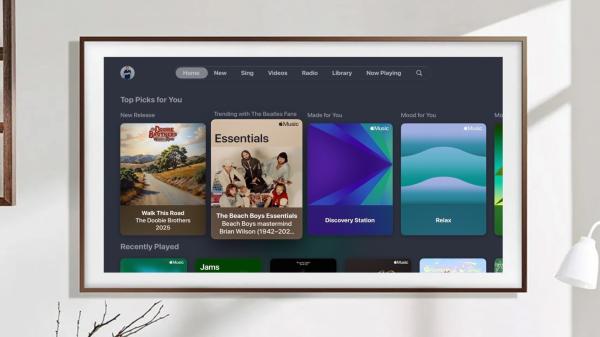Smartphones are one of the most rapidly evolving consumer technologies of the past decade. Companies such as Apple and Samsung know that we always want the latest and greatest handsets, which has sparked the race for constant innovation.
One doesn't have to look very far back to see the massive design changes that smartphones have gone through in recent years. Processing power to rival that of full-fledged computers, displays that outshine those of the highest end televisions and cameras that make DSLRs look like toys are now the norm in your average flagship device.
But this begs the question, how much better can a rectangular slab of glass and metal really be? Will we reach a stage where there is no way to change or improve a smartphone's design? Let's take a look at what is yet to come.

The Display
If you told somebody ten years ago that the average modern smartphone would have a 5.5 inch, 2K display that curves and melts around the edges of the device, they'd probably think you were crazy. The first few generations of the iPhone didn't get screens any bigger than 4 inches. This was considered large at the time.
Perhaps even more astonishing is that we still have far to go in terms of display technology. The likes of Samsung and Huawei have been teasing their new "foldable" screens for some time now and the race to remove the infamous "notch" is also coming along at an impressive rate.
Within a few years from now, manufacturers will have perfected the technology necessary to place the front-facing camera beneath your phone's display. This way, the entire face of your device will be nothing but a screen.
Smartphone Design Software
Designing the physical aspects of a smartphone requires software capable of rendering precise, clean surfaces.
Surface based software such as Rhino and Alias is ideal for creating the precise components found on the outside of a smartphone. But what about the internals? This is where PCB design software such as Altium CircuitStudio comes in.
Both established companies and aspiring designers know that Altium offer the very best in PCB software for pros. This all-in-one solution offers integrated collaboration, interactive routing, precise analog and digital simulation, a streamlined and intuitive user interface, unlimited access to over 350,000 design components and so much more.
Truly Wireless Charging
Wireless chargers were all the craze a few years ago and are now a staple in most flagship smartphones. However, we will soon be able to take it one step further. Researchers have found ways to use radio frequency and infrared light to charge batteries through thin air.
Imagine sitting at a coffee shop or airport while your smartphone charges in your pocket without any accessories or external device. Within a few years, this will be the norm.
So what else can we expect? Well, it's hard to say. Different companies are all pushing towards being the best in certain aspects, whether it's better cameras, faster processors or unique build materials. What we do know for sure is that the future is bright and we can expect some seriously impressive smartphones to hit the shelves in the coming years.
















